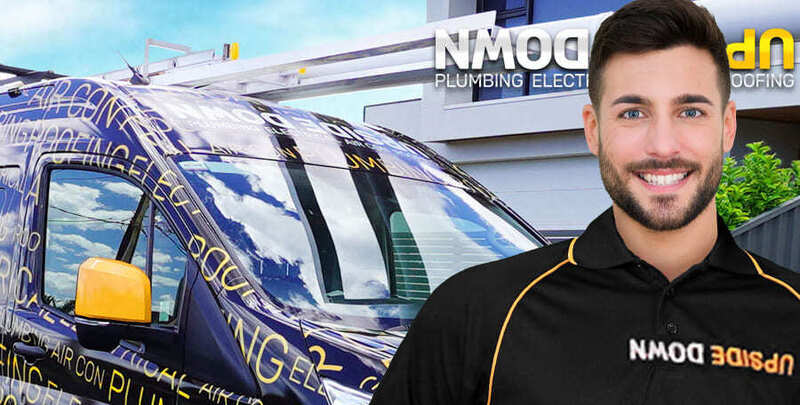Pipe Relining vs Replacement: What You Should Know

Deciding between pipe relining and replacement is vital in plumbing and sewer maintenance.
Both options address issues such as broken, damaged, or blocked pipes, but they do so through distinct methods. Let’s take a closer look at what’s involved in pipe relining.
Understanding Pipe Relining
Pipe relining is a modern, innovative technique and the best alternative to rehabilitate existing pipes without excavation. This method is particularly effective for sewer pipes that have experienced minor to moderate damage, such as cracks, leaks, or minor root intrusions.
A flexible liner coated with a specially formulated resin is inserted into the damaged pipe during the process. The resin hardens, creating a durable and seamless lining and forming a new pipe within the old one.
Benefits of Pipe Relining
- Cost-effective: Relining pipes is more cost-effective than traditional replacement methods, eliminating the need for extensive excavation and landscaping costs.
- Minimal disruption: Since excavation is not necessary, pipe relining causes minimal disruption to your property and landscaping.
- Longevity: The relined pipes have a long life expectancy, providing a lasting solution to your plumbing issues.
- Environmentally friendly: Pipe relining significantly reduces the environmental impact associated with traditional pipe replacement, as it generates less waste and disruption.
The Process of Professional Pipe Relining
The pipe relining process from a qualified plumber involves several steps:
- Inspection: Using advanced tools such as CCTV drain cameras, the plumber assesses the condition of the pipes to determine if relining is suitable.
- Cleaning: The pipes are thoroughly cleaned to remove debris, ensuring the resin adheres appropriately.
- Lining installation: A flexible liner coated with epoxy resin is inserted into the pipe and positioned using air pressure or inversion.
- Resin curing: The resin is cured using hot water, steam, or UV light, creating a strong and durable new lining within the existing pipe.
Pipe Replacement: The Traditional Method
Pipe replacement, on the other hand, involves completely removing and replacing damaged pipes. This method is typically chosen for severely damaged pipes or cases where relining is not feasible. While effective, pipe replacement comes with particular challenges.
Considerations for Pipe Replacement
- Excavation: Pipe replacement requires extensive excavation, leading to higher costs and disruption to your property.
- Time consuming: The traditional replacement method can be time consuming, involving digging, removal, and reinstallation.
- Environmental impact: Excavation has a more significant environmental impact due to waste generation and disturbance to the surrounding area.
Making the Choice: Factors to Consider
Here are several important factors to consider when making the choice:
- Severity of damage: For minor to moderate damage, pipe relining is often the preferred choice due to its cost-effectiveness and minimal disruption. However, severely damaged pipes may necessitate replacement.
- Cost analysis: Pipe relining is generally more cost-effective than traditional replacement, considering the reduced excavation and landscaping costs.
- Longevity: Pipe relining offers impressive longevity, often outlasting traditional replacement methods.
- Environmental impact: If you’re environmentally conscious, pipe relining’s reduced waste generation and minimal disruption make it the greener choice.
Both methods have their merits in the battle between pipe relining and replacement. Pipe relining excels in its cost-effectiveness, minimal disruption, and environmental friendliness.
On the other hand, pipe replacement remains a viable option for severely damaged pipes. When deciding, consider the severity of the damage, cost, longevity, and environmental impact. Consulting with a professional plumber will ensure you choose the best solution for your plumbing needs.
How a Professional Plumber Can Help with Pipe Relining and Replacement
Enlisting the expertise of a professional plumber is essential when deciding between pipe relining and replacement.
A skilled plumber will thoroughly assess your plumbing system’s condition and recommend the most suitable solution based on the extent of damage, budget constraints, and your long-term goals.
- Comprehensive inspection: Experienced plumbers use advanced technologies, such as CCTV drain cameras, during plumbing inspection of the condition of your pipes. This assessment determines whether relining is a viable option and helps identify the severity of damage that might require replacement.
- Informed decision making: Plumbers specialising in pipe relining and replacement can provide detailed insights into each method’s pros and cons. Their expertise ensures you make an informed decision that aligns with your needs.
- Professional execution: Whether you opt for pipe relining or replacement, a professional plumber will precisely execute the chosen method. This guarantees optimal results and minimises the risk of future plumbing issues.
- Cost estimation: Professional plumbers can provide accurate cost estimates for pipe relining and replacement, helping you budget effectively for your plumbing project.
- Long-term guidance: After completing the chosen procedure, a reputable plumber will offer guidance on maintenance and care to extend the longevity of your plumbing system.
Ready to Redefine Your Plumbing? Connect with Us Today
For all your broken pipe and plumbing requirements, trust Upside Down Plumbing. As the ultimate solution provider, we specialise in innovative sewer pipe relining, efficient repair methods for broken or damaged pipes, and a holistic approach that combines both pipe relining techniques.
Our unwavering commitment to customer satisfaction ensures that we fix issues and transform damaged pipes into highly efficient plumbing systems. Contact us today to witness excellence in every aspect of plumbing.
Please note: This information is provided for advice purposes only. Regulations differ from state to state, so please consult your local authorities or an industry professional before proceeding with any work. See our Terms & Conditions here.